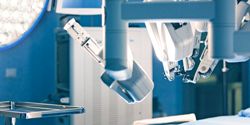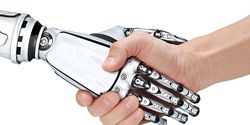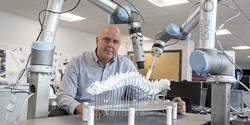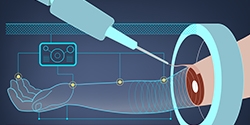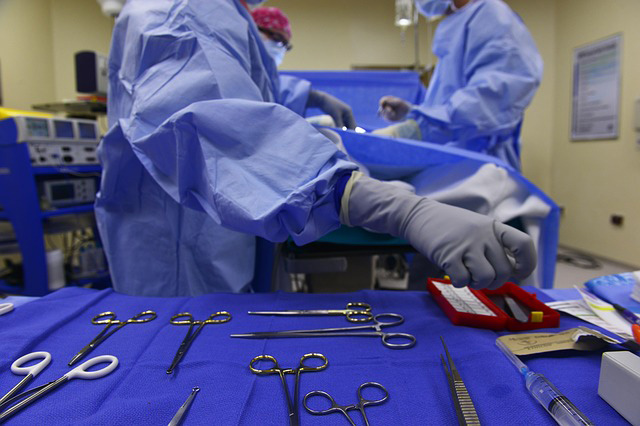For Next-generation Surgical Robots, Minimize the Axial Length of Your Robotic Joints
Standalone arms provide much greater flexibility in positioning compared to the conventional design, allowing multiple arms to be aligned in a plane much closer to parallel. To further approach the parallel ideal, the bulk of each arm must be minimized.
The Doctor Will See You Now - Exploring the Future of Surgical Robots
There have been talks of surgical robots since as early as 1985. While the medical sector has taken significant steps since then to implement such technology, major barriers are still evident.
Surgical Robots and Their Rapid Adoption in Minimally Invasive Surgeries
By using robot arms controlled through a computer, surgeons are now able to perform small incision surgeries that are minimally invasive and offer an improved level of precision.
Robots to Perform Spinal Surgery With Pinpoint Accuracy
This technology has the potential to minimise those risks by performing a key part of the operation with accuracy which cannot be achieved by a human hand.
What's Driving Investments in Surgical Robots?
Ideally, hospitals and clinics would be able to justify the cost of a new robot based on scientific studies on its effectiveness and business cases on its usability. But for new platforms, these are very scarce.
How Robots Are Changing the Way We Do Surgery
As we see more widespread acceptance for robots in general, we'll likely see even more automation in health care - but some of it is already here.
Records 1 to 6 of 6
Featured Product
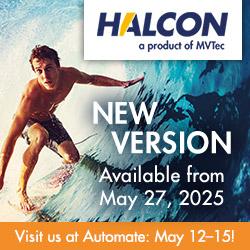
MVTec MERLIC 5.8
With MERLIC 5.8, MVTec expands its easy-to-use machine vision software. The latest version improves process reliability beyond pure image processing, offering enhanced error handling and optimized configuration. This enables faster setup and stable deployment across diverse production environments. Explore MERLIC 5.8 now
Robotics and Automation - Featured Company

Electrocraft Inc.
ElectroCraft, Inc. is a global provider of dependable, application-engineered fractional-horsepower motor and motion products. Our products are found in thousands of different applications within industrial, commercial, and consumer product markets. While ElectroCraft provides a wide array of standard products with many configurable options, we have built our brand on custom OEM solutions that meet the precise performance, cost and quality our customers require.

